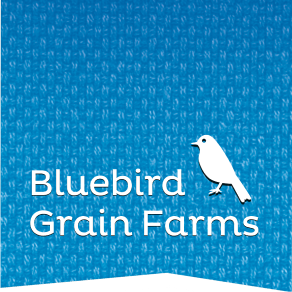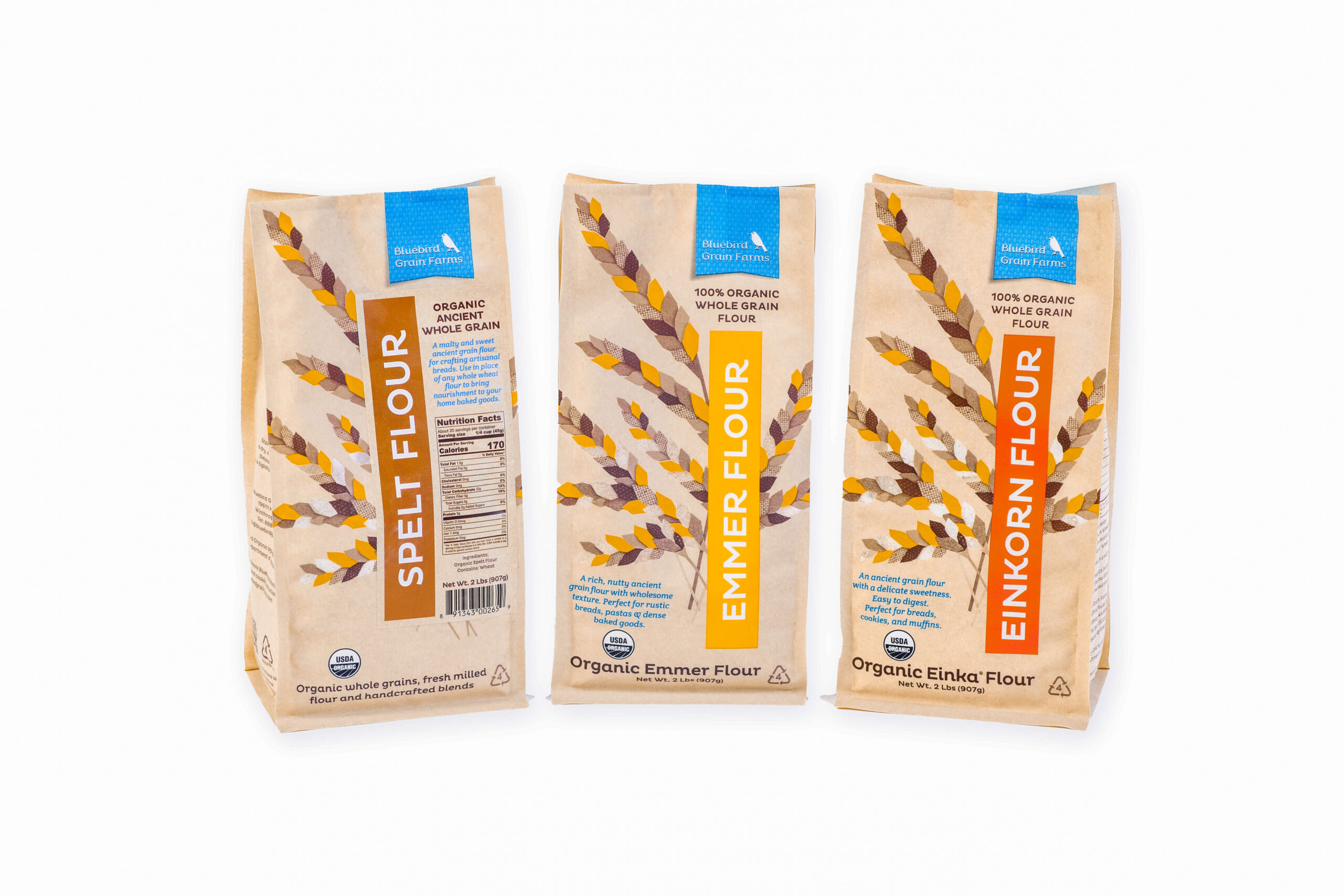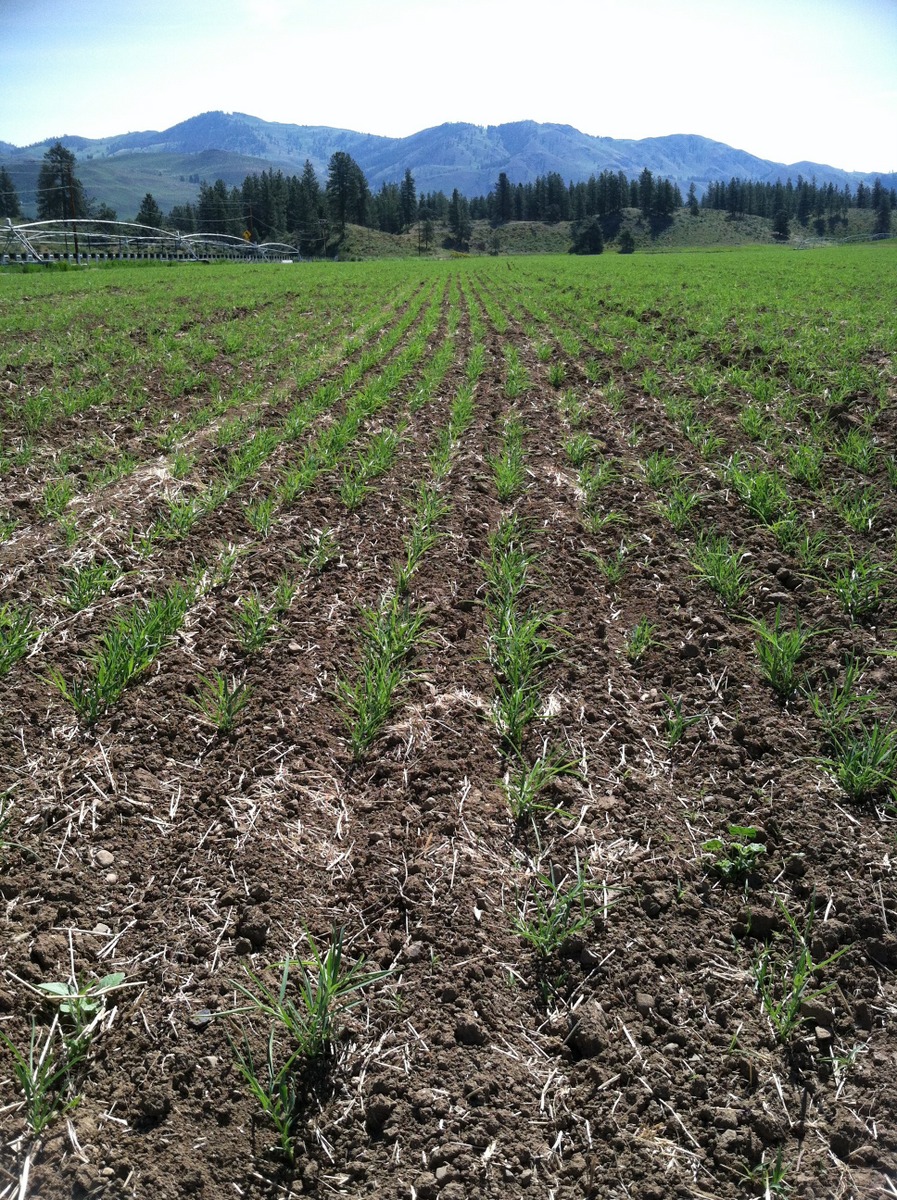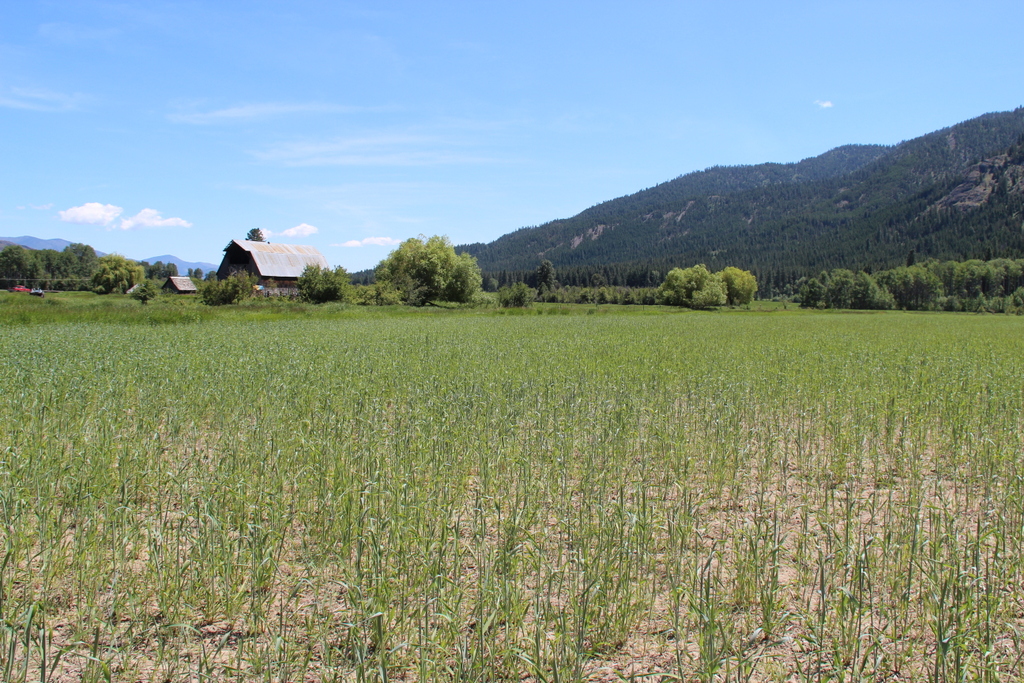To be sure, my prediction last month of a later start to this year’s farming has come home to roost. We’ve just begun in the last week or so, making this the tardiest beginning to the farming season in 25 years. With an already full soil profile at the beginning of “spring”, we’ve had several rains since and many nights around or below the freezing mark. An early fall last – a late this spring… Who knows what this means?!
Alas, the birds do not seem flustered and many a pair has also come home “to roost”, as others continue to pass north. A late push of both Lesser and Canada Geese filled the sky for a couple days last week, taking advantage of southerly fronts coming up from the Columbia Basin. Joining them, the rarer flights of Speckled Belly Geese as well as several flocks of Sandhill Cranes. Meanwhile, back down here hummingbirds flood the feeder, bluebirds joist about our fence post houses, blue grouse thump morning and evening, snipe trill up by the ponds and the on-going sweet song of the meadowlark is never far away. Even with perpetually cold hands and wind-blasted ears , these birds seem to warm the heart.
We began field work by cultivating the fields we had in 2016 crop that are now slated to come back into spring emmer. After a couple rounds of cultivation the soil is drier and warmed a bit now, even though temps remain cool. After a few days rest, we go in and firm up the seed bed again, spread our minerals, and plant. We’ve established our primary fertility needs and a lot of them will be taken care of at planting with our calcium and phosphorous rock blend that comes from scarcely 100 miles east of here.
This year, we will both top-dress our minerals onto the field, as well as put some in-row with our seed through the amendment box on our new grain drill. My hope is to address both the very top layer of the soil while giving the actual seed row a boost at the same time. With our higher magnesium soils, this mineral blend helps to ease the tension in the ground and thus frees up some of the goodies already present but less available due to the heavy Mg. We will then begin to feed our soil biology through the pivots beginning with our first cycle of irrigation.
Having been on these fields a number of years now, I’m beginning to see the tilth improve by addressing the tension with both mineral and biology. During cultivation this spring, we didn’t have near the rock-hard clumps that we’ve seen in years past, and the soil seems to flow better through our implements. I have to hope this will give us better productivity as well as high quality grain, with both attributes becoming more consistent the past two or three years.
Of course, MN decides all in the end! Trying to work with her while ultimately taking from her always is a precarious dance. A dance, however, that I’m beginning to feel the mo-jo to partake in once more!
We’ve had a bit of a slow down in the granary this month, which enables us to catch up on a few things AND run our seed stock. Fact is, Kevin is running emmer seed as I write, and despite the late start, we may even get some planted before the months end which, given the early shut-down last fall, was one of my hopes. Earlier planting equals potentially earlier harvest?!
Our crops will be spread out in planting as they are most years, with our Big Valley field in winter cover crop going in last. We want to give the peas plenty of time to bulk up before turning in. Then, we’ll be onto a summer cover crop in the fields that get a rest this year. So…
Plenty to do in the next 6 weeks! But not so busy, I hope, to take in a few more local baseball games, track meets, and to walk these green, green foothills. That fast, the aspen are leafing out; the balsamroot has begun to blossom on south slopes and bluebells and yellow bells are everywhere. When we do finally get some warm, sunny days, this place is going to explode!
I wish our dear elders Rayma Hayes and James Donaldson, leaders in both education and the love of place, were still here to enjoy another Methow spring, as they have so many years in the past. I like to think that they are even more a part of this beauty now… a much deeper and farther reaching beauty, and a sanctified act to follow without question. Peace to them.
Peace to all of you, in hopes you get to enjoy some of springs richness all of your own. Farmer Sam



